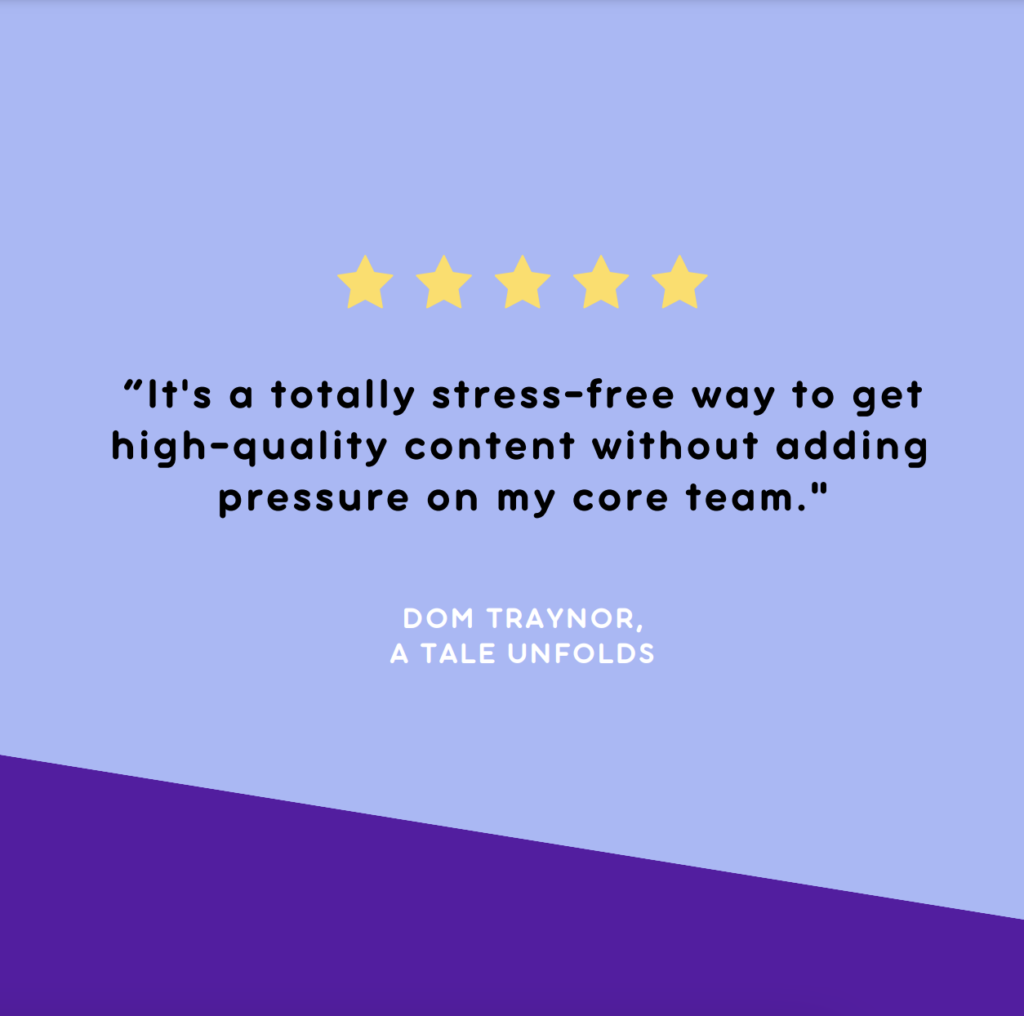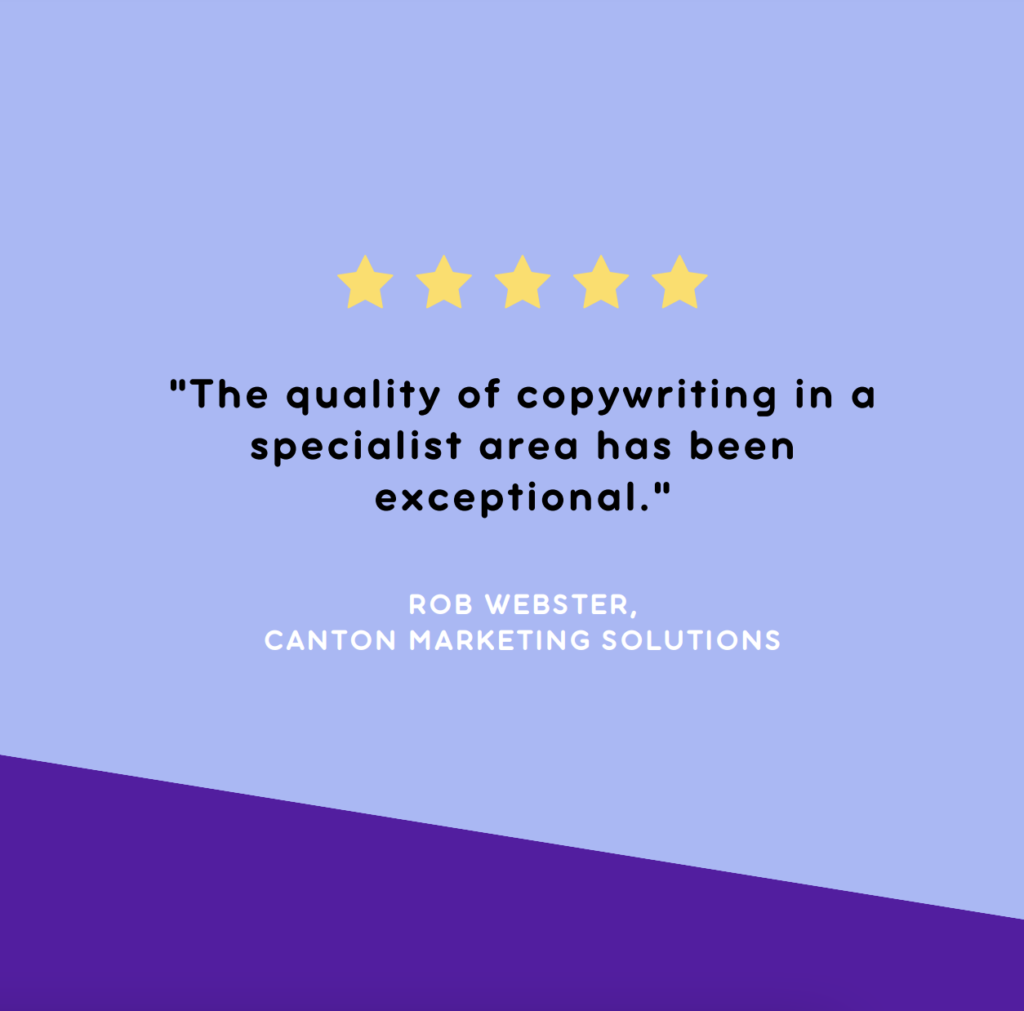When it comes to creating content of any kind, it should always be intentional. Whether it’s a blog post, social media post, product description, video, or infographic, its creation should be guided by your overall content strategy, with a clear goal, purpose, and desired outcome. This is especially important for mid and bottom-of-the-funnel content, where the priority shifts away from awareness, to driving specific actions from your audience.
So, how can brands make sure that their content not only captures attention and engages their audiences, but also drives them to take the right action? Here are some steps you can take to increase the engagement rate and actions taken on your content.
5 ways to ensure your content drives action
Below are the five key things to consider before publishing any content, to encourage your audience or customers to take the right actions that will help you to reach your goals.
1. Ensure your content can be found
First things first, discoverability. No matter how carefully crafted your content is, it won’t drive action if no one can find it. That’s where search engine optimization (SEO) and content promotion come in.
With search engine optimization
SEO refers to the optimization of content for search engines to help it rank higher in search engine results pages (SERPs) and drive organic traffic to your page. For instance, if you’re writing a blog post or article, you’ll want it to rank highly in Google’s search results. Or, if you’re writing an Instagram or LinkedIn post, you’ll want it to appear to users in their search results too.

To make sure that your content is SEO-optimized, remember to include relevant keywords, meta tags, and descriptions in your content. Having a comprehensive SEO strategy can make a world of difference to your content’s visibility.
With content promotion
You can extend your content’s reach by leveraging your brand’s various platforms and sharing on social media pages and newsletters. For instance, you could link to your latest blog post in your LinkedIn and Facebook posts, share it on your Instagram stories, or even repurpose it into an Instagram grid post, which then points to the blog for the audience to get the full story.
2. Tailor your messaging to your audience
One-size-fits-all content rarely resonates with diverse audiences. To tailor your message effectively, understand your audience’s specific pain points, aspirations, and preferences.
It might feel counterintuitive to really niche down to address a very specific audience or need, but it makes the messaging far more powerful when you do. An audience member will be far more likely to take action if a piece of content answers their specific need or appeals to their emotions than if they found it vague or unhelpful.
Don’t underestimate the power of carefully written authentic and engaging copy, which is essential to build credibility and trust. Without trust, your audience won’t take action. In fact, this survey of 14,000 consumers showed that trust was among the top three important factors used in buying decisions.
3. Use CTAs throughout
Sometimes as the brand or content creator, it can feel a little obvious what the action is that the audience should take. But if you don’t make it completely clear, you’d be surprised at how many won’t do it.
Including clear and compelling Calls-To-Action (CTAs) throughout every piece of content helps to guide your audience in the right direction and improves conversion rates. Whether it’s subscribing to your newsletter, making a purchase, or getting in touch, CTAs provide specific instructions on the next steps.
When it comes to writing your CTAs, it’s key to use action-oriented language that sparks a sense of urgency and encourages them to convert on the spot, rather than leaving the page. If they do navigate away, even if they did intend to convert eventually, chances are they’ll forget.
4. Add internal links
While CTAs provide a clear instruction on what actions your audience should take, internal linking acts as a more subtle way of guiding them. Those who are actively seeking extra information or resources will engage with them, but they’re not an essential step to reaching the final goal.
By strategically placing internal links throughout your content, it can enhance the user experience by making it easier for visitors to navigate your site and discover valuable content. Internal linking also plays a part in your SEO strategy by establishing a network of interconnected pages, making it easier for search engine crawlers to discover more of your content.
5. Build and earn trust with social proof
Remember when we mentioned the value of brand trust when driving conversions? One of the most effective ways to build that trust is through social proof.
Social proof can come in various forms, like customer reviews and testimonials, or other forms of user-generated content. When customers share their own positive experiences, it assures potential customers of the value or reliability of your products or services, encouraging them to convert.



You can incorporate social proof into your content in many ways. Here are some ideas:
- Write up a case study of a customer’s positive experience with your products or services.
- Create a social media post that features a glowing customer review.
- Write a blog around your products or services that features customer photos of them in use throughout.
- Feature general customer reviews and testimonials on the homepage of your website, as well as more specific ones on product pages.
Create action-driving content every time
Great content doesn’t just happen by chance. It takes a robust content strategy, a deep expertise, as well as a unique creative flair.
Want to make sure that your content gets the results you want? Work with Scribly and our team of content experts today!




